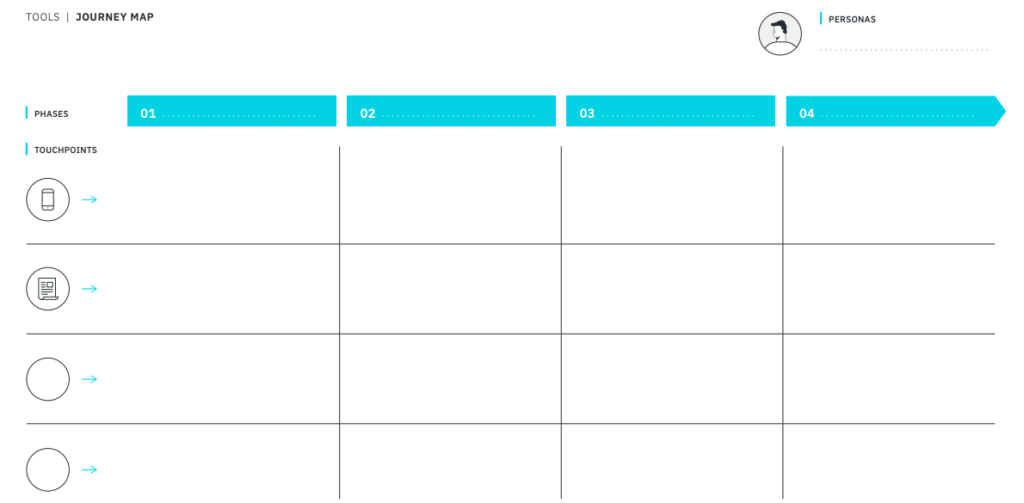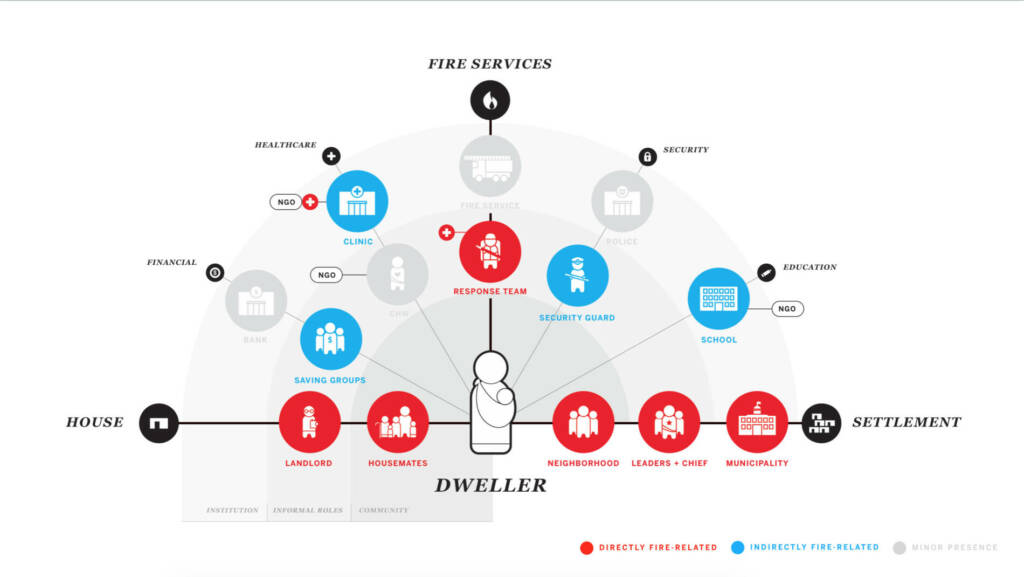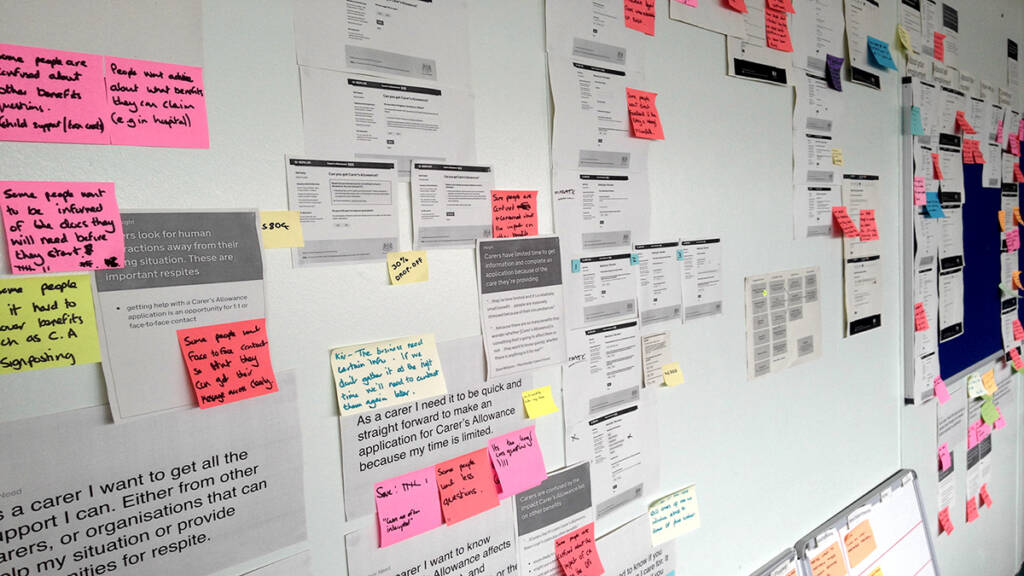We have all been there. There are always moments, both in our personal and professional lives, when it seems we have hit a wall, we feel stuck. Some people will react by hitting that wall repeatedly, full of denial, expecting it will somehow disappear. Others walk around the wall in circles or in straight lines trying to find the end of it, a secret passage to get through it. At the end, both end up facing the same question: now what?
How do you respond to this question? In today’s post I would like to share how I approach these roadblocks as a Designer.
To me, the process of unblocking would include the following phases:
- Accept you are stuck.
I know you might be rolling your eyes but believe me, this step is often skipped. Especially if you are in one of the two groups described above (you know, those who hit the wall or those who walk around it). We realise we have a problem but it is easier to hide it under the rug, to find a fast solution or to make it disappear instead of facing it and saying, “ok I am in this situation”. No judgment here, we ALL have reacted this way, at least once.
-
How did I get here?
Because all stories have a beginning, it is very important to take a moment and think about what has happened. In order to do this I map the journey. This tool is used in Service Design and in User Experience to outline how users interact with a service or product. In this case I analyse what are the events that have led me here. Unfolding these events on a timeline helps me gain perspective, discover information that I might have overlooked otherwise and most importantly, it gives me a starting point to move forward.
 Template taken from https://servicedesigntools.org/tools/journey-map
Template taken from https://servicedesigntools.org/tools/journey-map
Also to get a bigger picture of the situation I need to look into the problem’s history. Has this happened before? How was it solved last time? Did the solution work or is this recurrent? In order to answer these questions I need to proceed to step 3.
-
Who is part of it?
For this, an actors or ecosystem map is an effective tool. This map helps to identify the people who are involved in the project and the connections they have to each other. So I use the journey map I did on the step before and identify who has participated in every event.
 Example by frog. Photo credit: https://servicedesigntools.org/tools/ecosystem-map
Example by frog. Photo credit: https://servicedesigntools.org/tools/ecosystem-map
-
Who is solving this?
Am I alone in this endeavor? If so, who can help me? Even if I am by myself, having someone to give me input, support, offer a different point of view or answer doubts would be tremendously helpful. Plus it would help me build a better connection with this person and our relationship would benefit from this.
Is this a team problem or am I solving it with someone else? Then communication here is as key as delegating responsibilities. Everyone needs to be on the same page, informed and aware of who is doing what.
-
Let’s solve this.
Ok, so here I am on the final step. By now I am aware that I am stuck, I know how I ended up here, what happened in the past, who is involved, who can help and who is solving it. At this stage I usually do what is called a Synthesis wall. It basically consists of taking a physical wall and putting all the maps done in previous steps, insights, questions, any relevant information that would help me tackle the problem. Seeing it all together in one place lets me have a much better understanding of the situation at hand and this will allow me to think through solutions that will have a better success rate than if I jump straight into it.
 Example by Government Digital Service (GDS) Photo taken from https://servicedesigntools.org/tools/synthesis-wall
Example by Government Digital Service (GDS) Photo taken from https://servicedesigntools.org/tools/synthesis-wall
And what can you do to think of solutions? Well, that is a story for another post. In the meantime, let me know what your thoughts are. Do you have a process to overcome blocks? What do you struggle the most with? I know, I ask a lot of questions. Now I’m listening.
ABOUT COLLABWITH
Collabwith is an innovation ecosystem platform that facilitates startups, academics and organizations to collaborate for open innovation. It’s a one-stop-shop including search engine, making requests, negotiation, legal and payment.
Collabwith is also a portfolio of services created to transform how you collaborate. We have personalized trainings, tailored made consulting and our own methodology for empowering innovation.
Grow your business and enable innovation through smart collaborations with our Collabwith approach for collaborating for positive impact.
Magazine: https://collabwith.co
Collaboration for Open Innovation Platform: https://platform.collabwith.co


